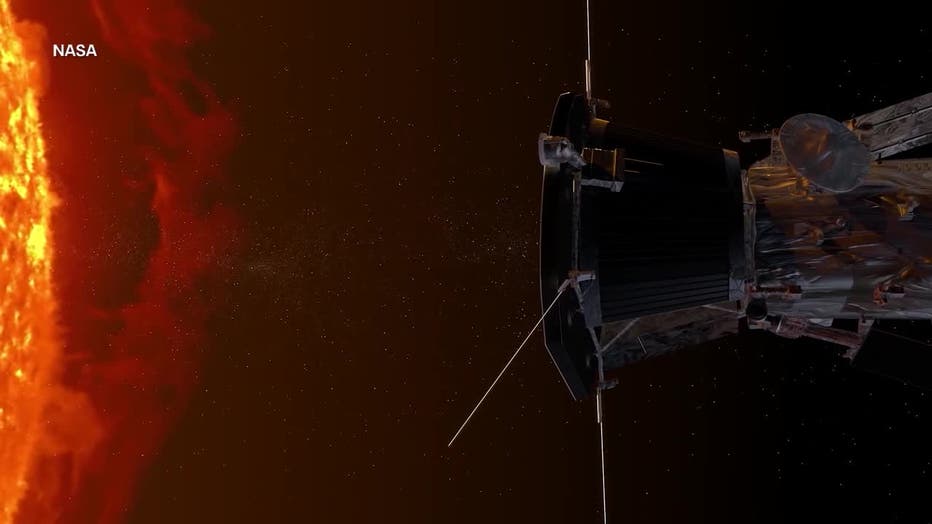NASA's solar probe attempts closest-ever approach to Sun

NASA's solar probe attempts to make history
NASA's Parker Solar Probe was poised this morning to make history by getting closer to the sun -- about 3.83 million miles away -- than any human-made object has ever gotten. FOX 5 NY's Robert Moses has the story.
Call it a close encounter of the solar kind.
This morning, NASA's Parker Solar Probe was poised to make history by getting closer to the sun – about 3.83 million miles away – than any human-made object has ever gotten.
"If the distance from the sun to the earth is 100 yards, we'll be on the four-yard line observing the endzone," NASA's Elizabeth Esther said before the pass-by.

It was also traveling faster – 430,000 miles per hour – than any human-made object ever traveled. For perspective, that speed would get you from Philadelphia to Washington, DC in about one second.
NASA wants to study the sun up close to be able to better predict solar weather, which affects satellites, which in turn affects devices we use every day, like cell phones and GPS devices.
"The sun is active, and we need to understand it better if we're going to have our technology preserved in space," said Jackie Faherty, an astrophysicist at the American Museum of Natural History.

NASA will have to wait until Friday to receive a beacon from the probe to know how well – and if – it survived the mission. The probe is scheduled to remain operational until the end of next year.

